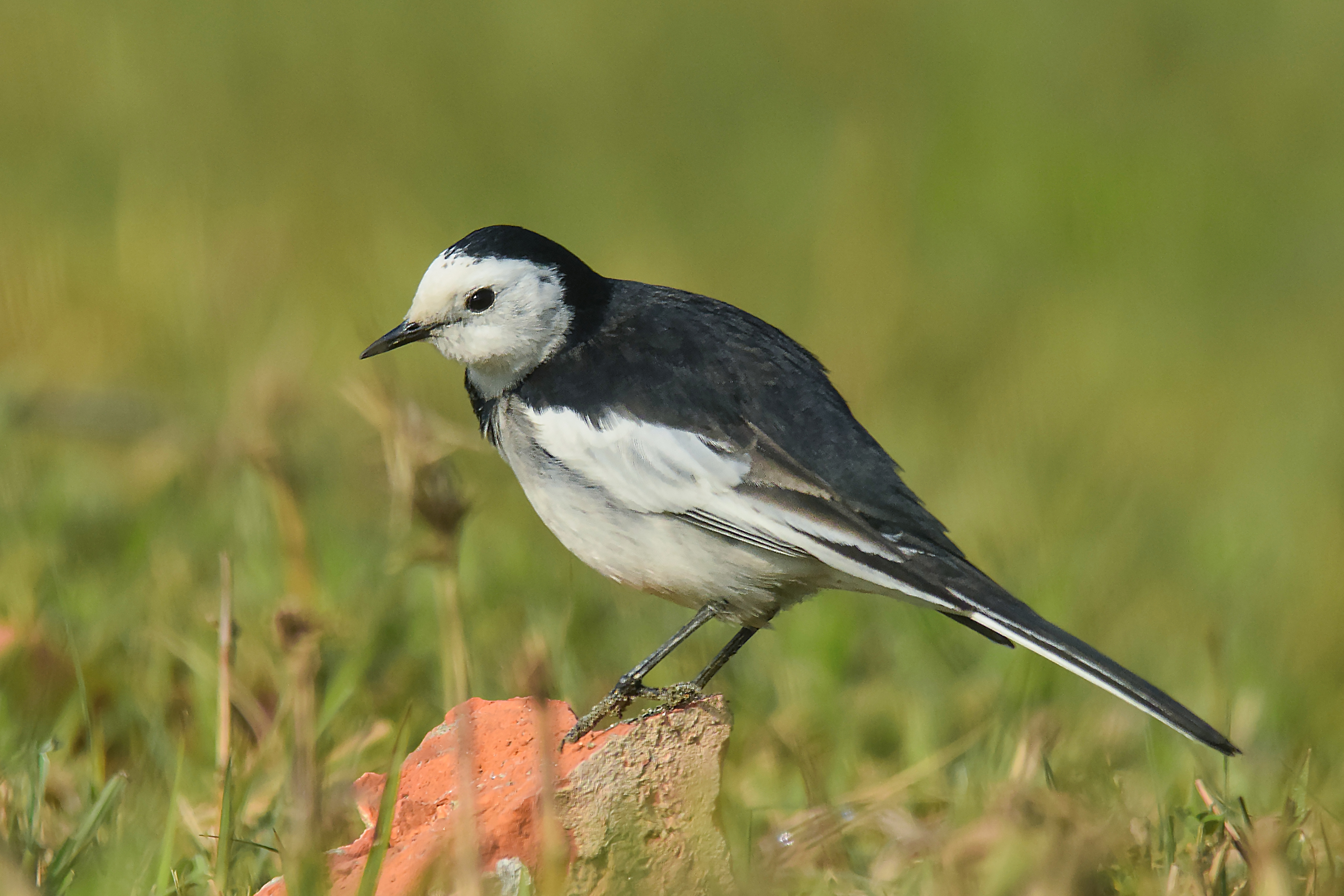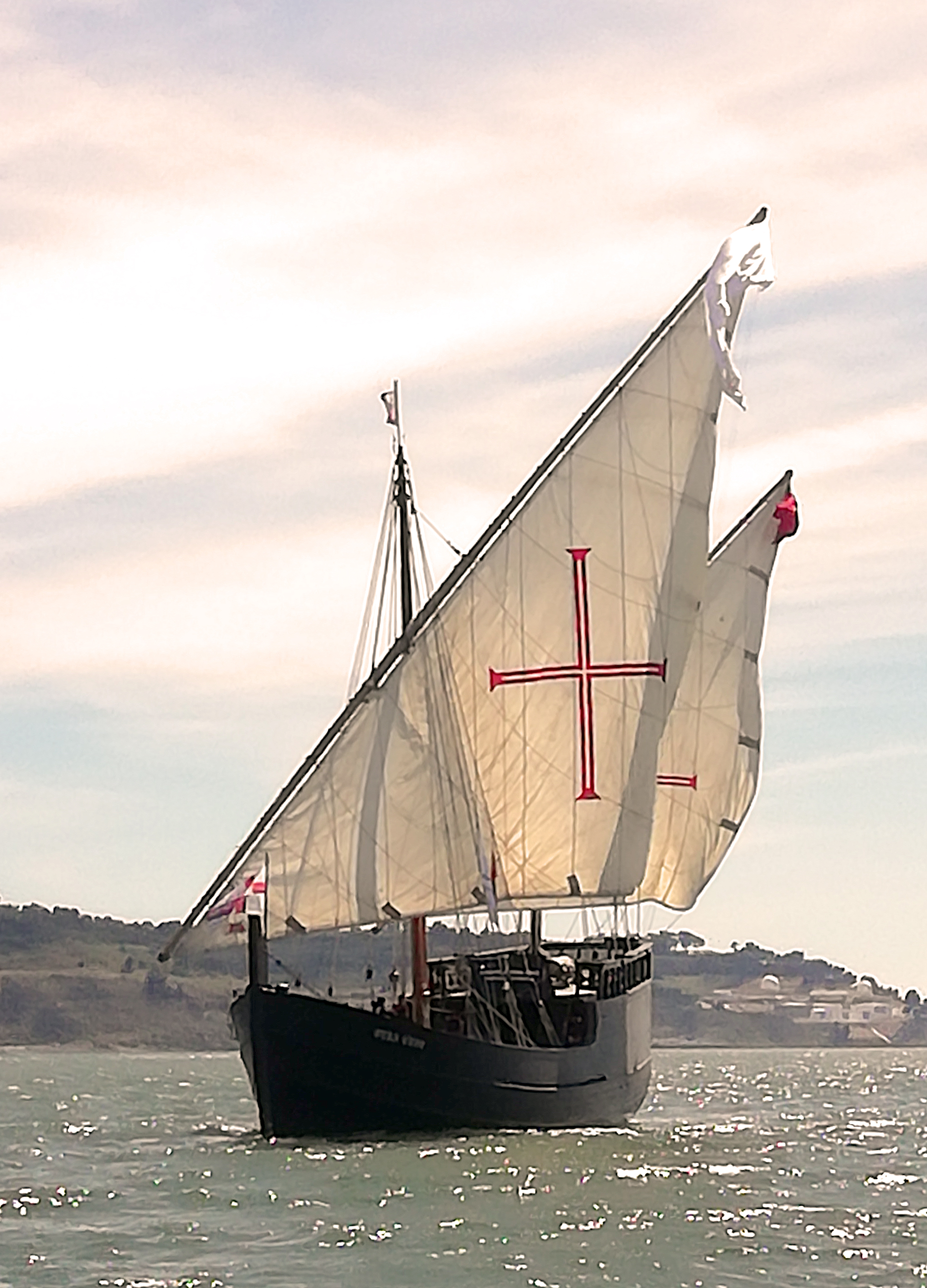|
Caveira (civil Parish)
Caveira is the smallest ''freguesia'' ("civil parish") by area on the island of Flores Island (Azores), Flores, located within the municipality (''concelho'') of Santa Cruz das Flores, in the Azores, Azorean archipelago (Portugal). The population in 2021 was 76, in an area of 3.28 km2. It is located 5 kilometers south of Santa Cruz das Flores, the municipal seat, in an area primarily concentrating on agriculture. History The first colonists were a group of Flemish settlers captained by Willem van der Haegen, who selected the valley of Ribeira da Cruz for his settlement. They arrived at the end 15th century with the hope of finding precious metals (tin and silver, specifically), in the belief that Flores was part of the mythical Ihas Cassitérides ('' en, Islands of Silver and Tin''). They made their homes in the small grottoes along the river-valley, but when they realized that there were no deposits, they abandoned their settlement and moved to the area of Topo, on the islan ... [...More Info...] [...Related Items...] OR: [Wikipedia] [Google] [Baidu] |
Flores Island (Azores)
Flores Island ( pt, Ilha das Flores; ) is an island of the Western Group () of the Azores. It has an area of 143 km2, a population of 3428 inhabitants, and, together with Corvo Island of the western archipelago, lies within the North American Plate. The nearby Monchique Islet is the westernmost point of Portugal. It has been referred to as the ('Yellow/Auburn Island') by marketing and due to the association with poet Raul Brandão, but it is well known for its abundance of flowers, hence its Portuguese name of . History Some early accounts existed of the "(seven) islands of the Azores and two islands of Flores" (referring to the islands of Flores and Corvo), but no "official discovery" occurred until the mid-15th century. The island of Flores was discovered in the late summer of 1452 by the navigator Diogo de Teive and his son João de Teive, and first noted by the pilot Pêro Velasco to Christopher Columbus during his voyages. For his reward, Teive received the concessi ... [...More Info...] [...Related Items...] OR: [Wikipedia] [Google] [Baidu] |
Horta (Azores)
Horta () is a municipality and city in the Portuguese archipelago of the Azores encompassing the island of Faial. The population in 2011 was 15,038 in an area of The city of Horta itself has a population of about 7,000. Horta's marina is a primary stop for yachts crossing the Atlantic Ocean, and its walls and walkways are covered with paintings created by visitors noting the names of their vessels, crews, and the years they visited. Peter's Cafe Sport is a bar located across from the marina that houses the island's scrimshaw museum, a collection of artifacts carved from whale tooth and jawbone. Peter's is a point of reference for transatlantic yachters and sailors. History 15th through 17th centuries In 1467 the Flemish nobleman Josse van Huerter returned to Faial on a second expedition, this time disembarking along the shore of what would be known as Horta Bay. He built a small chapel which would later form the nucleus of a small community known as Horta, a name possibly deri ... [...More Info...] [...Related Items...] OR: [Wikipedia] [Google] [Baidu] |
Madagascar
Madagascar (; mg, Madagasikara, ), officially the Republic of Madagascar ( mg, Repoblikan'i Madagasikara, links=no, ; french: République de Madagascar), is an island country in the Indian Ocean, approximately off the coast of East Africa across the Mozambique Channel. At Madagascar is the world's List of island countries, second-largest island country, after Indonesia. The nation is home to around 30 million inhabitants and consists of the island of Geography of Madagascar, Madagascar (the List of islands by area, fourth-largest island in the world), along with numerous smaller peripheral islands. Following the prehistoric breakup of the supercontinent Gondwana, Madagascar split from the Indian subcontinent around 90 million years ago, allowing native plants and animals to evolve in relative isolation. Consequently, Madagascar is a biodiversity hotspot; over 90% of wildlife of Madagascar, its wildlife is endemic. Human settlement of Madagascar occurred during or befo ... [...More Info...] [...Related Items...] OR: [Wikipedia] [Google] [Baidu] |
Antsiranana Bay
Antsiranana Bay (also known as Diego-Suarez Bay) is a natural bay that stretches close to north to south along the northeast coast of Madagascar. The waters average a depth of more than , and the main channel can be as deep as . The bay, protected by a narrow inlet that provides shelter from strong Indian Ocean winds, is believed to be the result of a submerging coastline or a drowned river valley that formed many peninsulas around the bay. The bay's principal city, Antsiranana, is located on a headland. History The bay was first recorded by European explorers in 1500; sailors in the service of Portugal named the bay for the leader of their expedition, Diogo Soares. The bay was later used for shelter by a number of pirates and privateers during the Golden Age of Piracy, and it has been speculated as a possible location of the legendary pirate colony Libertalia Libertatia (also known as Libertalia) was a purported pirate colony founded in the late 17th century in Madagascar ... [...More Info...] [...Related Items...] OR: [Wikipedia] [Google] [Baidu] |
Niche (architecture)
A niche (CanE, or ) in Classical architecture is an exedra or an apse that has been reduced in size, retaining the half-dome heading usual for an apse. Nero's Domus Aurea (AD 64–69) was the first semi-private dwelling that possessed rooms that were given richly varied floor plans, shaped with niches and exedrae; sheathed in dazzling polished white marble, such curved surfaces concentrated or dispersed the daylight. A is a very shallow niche, usually too shallow to contain statues, and may resemble a blind window (a window without openings) or sealed door. (Compare: blind arcade) The word derives from the Latin (), via the French . The Italian '' nicchio'' () may also be involved,OED, "Niche" as the traditional decoration for the top of a niche is a scallop shell, as in the illustration, hence also the alternative term of "conch" for a semi-dome, usually reserved for larger exedra. In Gothic architecture, a niche may be set within a tabernacle framing, like a richly de ... [...More Info...] [...Related Items...] OR: [Wikipedia] [Google] [Baidu] |
Wagtail
Wagtails are a group of passerine birds that form the genus ''Motacilla'' in the family Motacillidae. The forest wagtail belongs to the monotypic genus ''Dendronanthus'' which is closely related to ''Motacilla'' and sometimes included therein. The common name and genus names are derived from their characteristic tail pumping behaviour. Together with the pipits and longclaws they form the family Motacillidae. The willie wagtail (''Rhipidura leucophrys'') of Australia is an unrelated bird similar in coloration and shape to the Japanese wagtail. It belongs to the fantails. Taxonomy The genus ''Motacilla'' was introduced by the Swedish naturalist Carl Linnaeus in 1758 in the tenth edition of his ''Systema Naturae''. The type species is the white wagtail. ''Motacilla'' is the Latin name for the pied wagtail; although actually a diminutive of ''motare'', "to move about", from medieval times it led to the misunderstanding of ''cilla'' as "tail". At first glance, the wagtails appea ... [...More Info...] [...Related Items...] OR: [Wikipedia] [Google] [Baidu] |
Marzanna
Marzanna (in Polish), Morė (in Lithuanian), Marena (in Russian), Mara (in Ukrainian), Morana (in Czech, Slovene and Serbo-Croatian), Morena (in Slovak and Macedonian) or Mora (in Bulgarian) is a pagan Slavic goddess associated with seasonal rites based on the idea of death and rebirth of nature. She is an ancient goddess associated with winter's death, rebirth and dreams. In ancient Slavic rites, the death of the Goddess Marzanna at the end of winter becomes the rebirth of Spring of the Goddess Kostroma (Russian), Lada or Vesna representing the coming of Spring. Some medieval Christian sources such as the Czech 13th century Mater Verborum compare her to the Greek goddess Hecate, associating her with sorcery. 15th century Polish chronicler Jan Długosz likened her in his ''Annales'' to Ceres, the Roman goddess of agriculture (together with another Slavic goddess Dziewanna). Lithuanian, Latvian and some Estonian sources, dated between the 13th and 14th century, note the worsh ... [...More Info...] [...Related Items...] OR: [Wikipedia] [Google] [Baidu] |
Hell
In religion and folklore, hell is a location in the afterlife in which evil souls are subjected to punitive suffering, most often through torture, as eternal punishment after death. Religions with a linear divine history often depict hells as eternal destinations, the biggest examples of which are Christianity and Islam, whereas religions with reincarnation usually depict a hell as an intermediary period between incarnations, as is the case in the dharmic religions. Religions typically locate hell in another dimension or under Earth's surface. Other afterlife destinations include heaven, paradise, purgatory, limbo, and the underworld. Other religions, which do not conceive of the afterlife as a place of punishment or reward, merely describe an abode of the dead, the grave, a neutral place that is located under the surface of Earth (for example, see Kur, Hades, and Sheol). Such places are sometimes equated with the English word ''hell'', though a more correct translatio ... [...More Info...] [...Related Items...] OR: [Wikipedia] [Google] [Baidu] |
Purgatory
Purgatory (, borrowed into English via Anglo-Norman and Old French) is, according to the belief of some Christian denominations (mostly Catholic), an intermediate state after physical death for expiatory purification. The process of purgatory is the final purification of the elect, which is entirely different from the punishment of the damned. Tradition, by reference to certain texts of scripture, sees the process as involving a cleansing fire. Some forms of Western Christianity, particularly within Protestantism, deny its existence. Other strands of Western Christianity see purgatory as a place, perhaps filled with fire. Some concepts of Gehenna in Judaism resemble those of purgatory. The word "purgatory" has come to refer to a wide range of historical and modern conceptions of postmortem suffering short of everlasting damnation. English-speakers also use the word in a non-specific sense to mean any place or condition of suffering or torment, especially one that is tempor ... [...More Info...] [...Related Items...] OR: [Wikipedia] [Google] [Baidu] |
Americas
The Americas, which are sometimes collectively called America, are a landmass comprising the totality of North and South America. The Americas make up most of the land in Earth's Western Hemisphere and comprise the New World. Along with their associated islands, the Americas cover 8% of Earth's total surface area and 28.4% of its land area. The topography is dominated by the American Cordillera, a long chain of mountains that runs the length of the west coast. The flatter eastern side of the Americas is dominated by large river basins, such as the Amazon, St. Lawrence River–Great Lakes basin, Mississippi, and La Plata. Since the Americas extend from north to south, the climate and ecology vary widely, from the arctic tundra of Northern Canada, Greenland, and Alaska, to the tropical rain forests in Central America and South America. Humans first settled the Americas from Asia between 42,000 and 17,000 years ago. A second migration of Na-Dene speakers followed later ... [...More Info...] [...Related Items...] OR: [Wikipedia] [Google] [Baidu] |
Europe
Europe is a large peninsula conventionally considered a continent in its own right because of its great physical size and the weight of its history and traditions. Europe is also considered a Continent#Subcontinents, subcontinent of Eurasia and it is located entirely in the Northern Hemisphere and mostly in the Eastern Hemisphere. Comprising the westernmost peninsulas of Eurasia, it shares the continental landmass of Afro-Eurasia with both Africa and Asia. It is bordered by the Arctic Ocean to the north, the Atlantic Ocean to the west, the Mediterranean Sea to the south and Asia to the east. Europe is commonly considered to be Boundaries between the continents of Earth#Asia and Europe, separated from Asia by the drainage divide, watershed of the Ural Mountains, the Ural (river), Ural River, the Caspian Sea, the Greater Caucasus, the Black Sea and the waterways of the Turkish Straits. "Europe" (pp. 68–69); "Asia" (pp. 90–91): "A commonly accepted division between Asia and E ... [...More Info...] [...Related Items...] OR: [Wikipedia] [Google] [Baidu] |
Age Of Exploration
The Age of Discovery (or the Age of Exploration), also known as the early modern period, was a period largely overlapping with the Age of Sail, approximately from the 15th century to the 17th century in European history, during which seafaring Europeans explored and colonized regions across the globe. The extensive overseas exploration, with the Portuguese and Spanish at the forefront, later joined by the Dutch, English, and French, emerged as a powerful factor in European culture, most notably the European encounter and colonization of the Americas. It also marks an increased adoption of colonialism as a government policy in several European states. As such, it is sometimes synonymous with the first wave of European colonization. European exploration outside the Mediterranean started with the maritime expeditions of Portugal to the Canary Islands in 1336, and later with the Portuguese discoveries of the Atlantic archipelagos of Madeira and Azores, the coast of West Afri ... [...More Info...] [...Related Items...] OR: [Wikipedia] [Google] [Baidu] |






